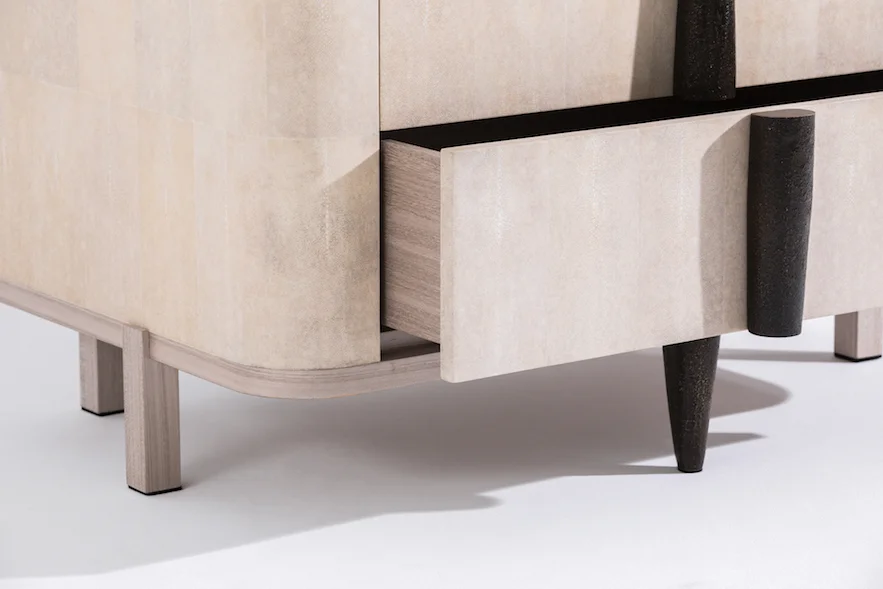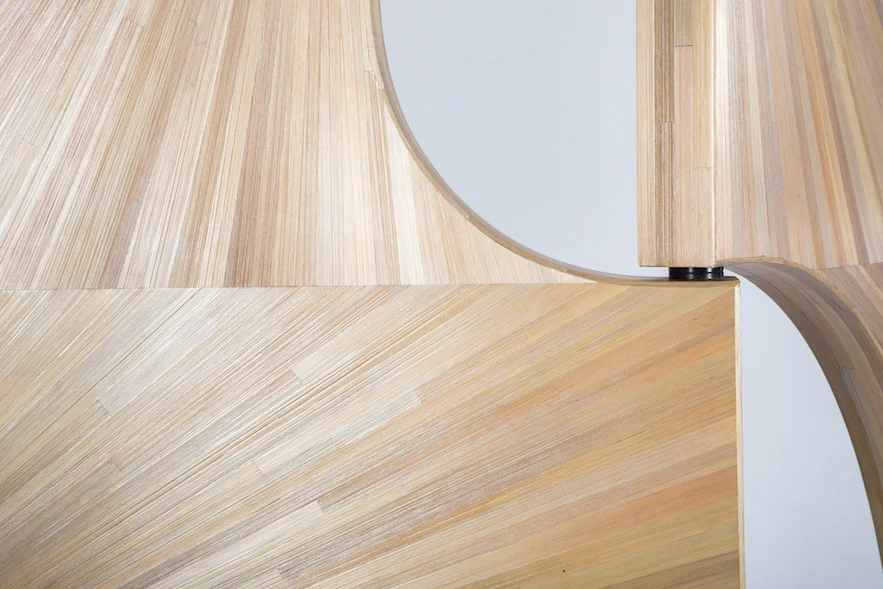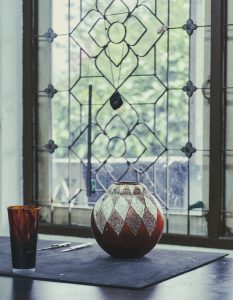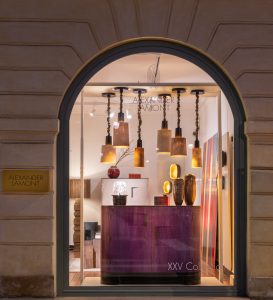For our new collection, ATLANTICA, I invited Brazilian designer Antonio Da Motta to design a limited collection of furniture and lighting expressing the company’s values of craftsmanship and material innovation. The collection made its debut this week at Fuori Salone in Milan.

Sapucaí Chandelier in gold mica and stainless steel is named after the famous Sambadrome in Rio de Janeiro designed by Oscar Niemeyer.
Antonio’s background in fine art and architecture infuse a confident referencing of inspirations that are both painterly and sculptural with the collection. Antonio and I have been speaking for several years about doing a collection together. We share a real connection and deep appreciation for noble materials such as shagreen, straw marquetry and natural lacquer and I’m always interested in moving the materials, designs and craftsmanship towards a contemporary vibrancy. The movement and curvilinear nature of the designs pays ode to Antonio’s Brazilian background and the great modernists of his homeland such as Oscar Niemeyer, Lúcio Costa and Roberto Burle Marx. The designs, in their exquisitely surfaced exuberance, are masterful in their structure while being personal and sensual in line and tone.
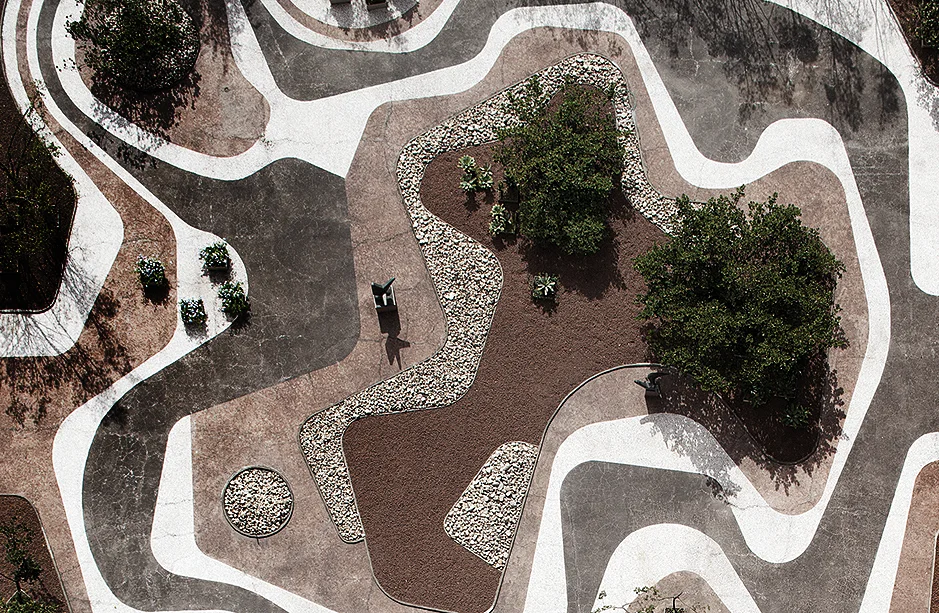


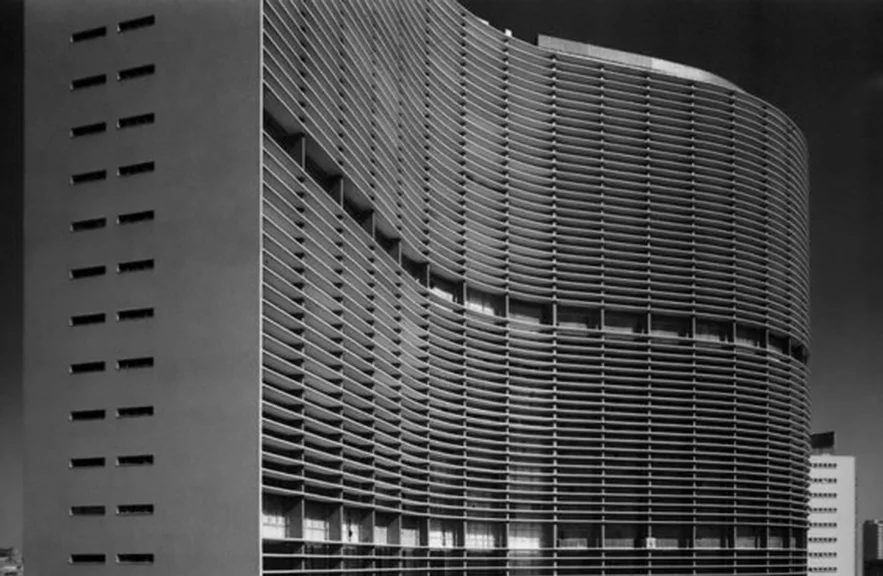
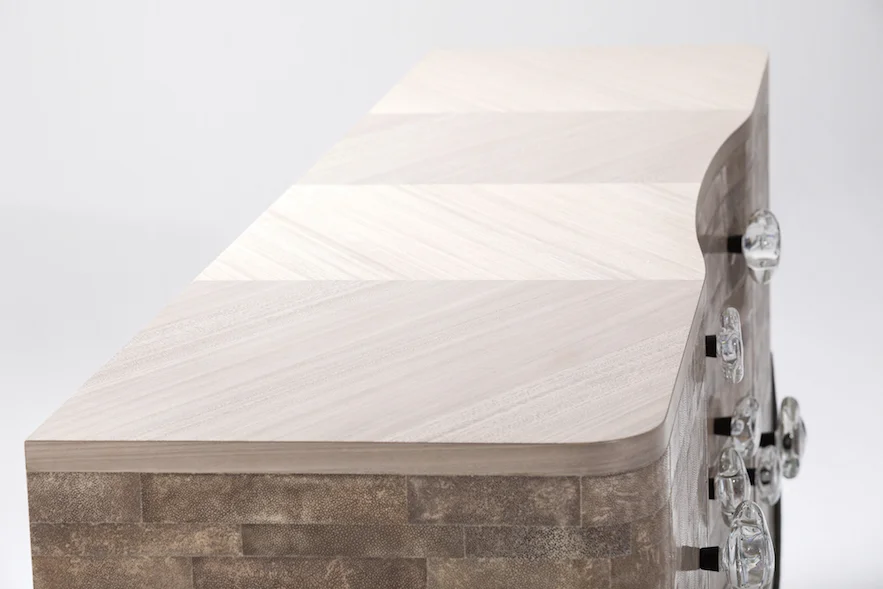
Leaving Brazil after training in interior design, Antonio traveled to Philadelphia where he spent the next years studying painting, stage design and interior architecture (University of Pennsylvania, the Pennsylvania Academy of the Fine Arts and the Barnes Foundation). His interior work was later honed with private residential clients seeking excellence in custom furniture design in tandem with his panache for crafted materials of great character. For some years Antonio worked in New York as a senior designer under Bill Sofield (Studio Sofield NYC). His work as a designer is a synthesis of all he has studied and observed and the collaboration with Alexander Lamont is a fascinating and vibrant opportunity to explore the confluence of two thoughtful creators.
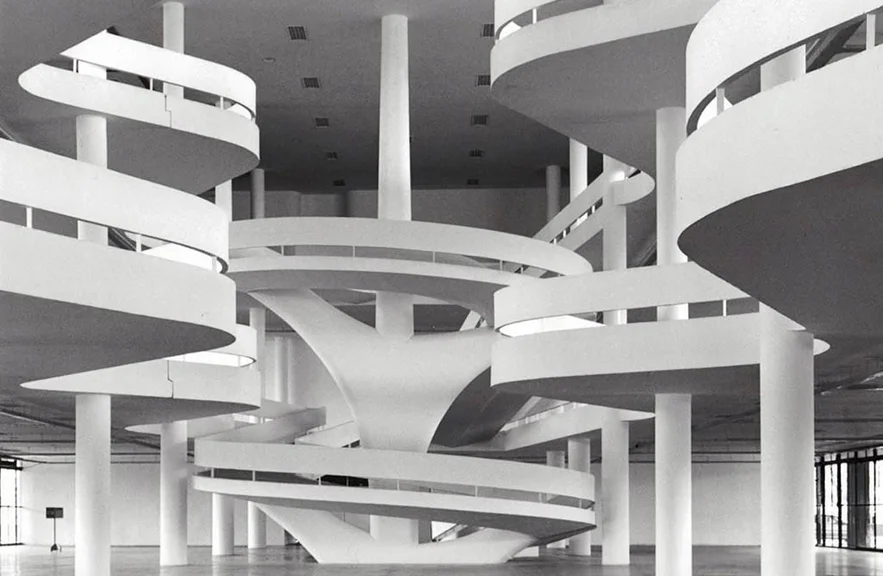
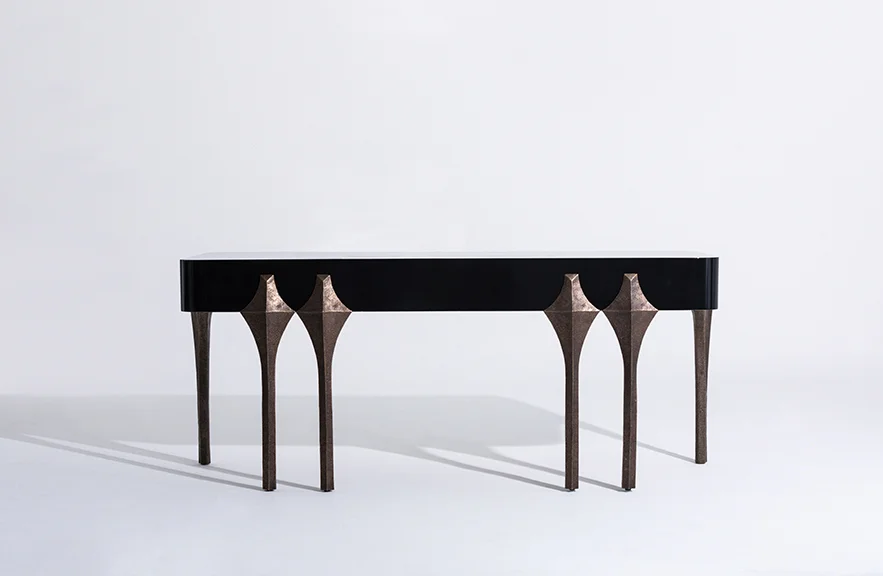
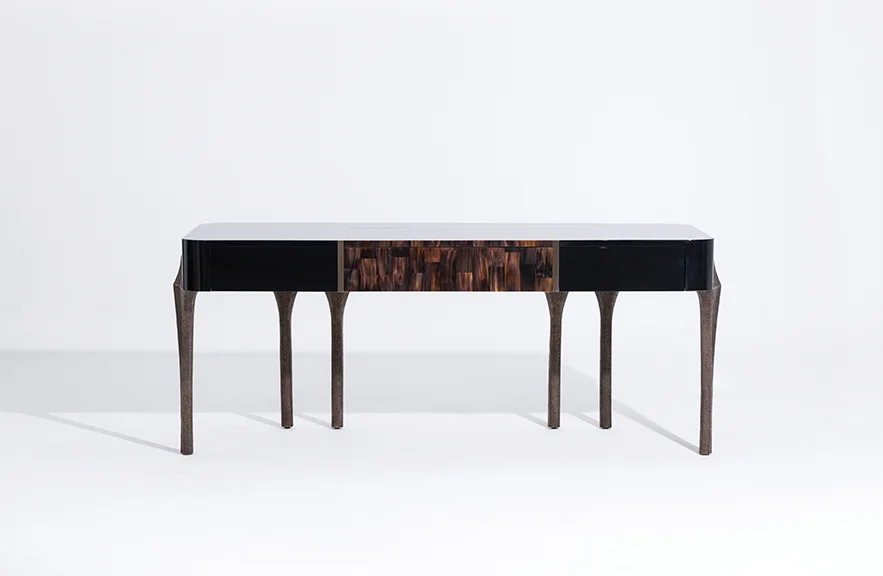
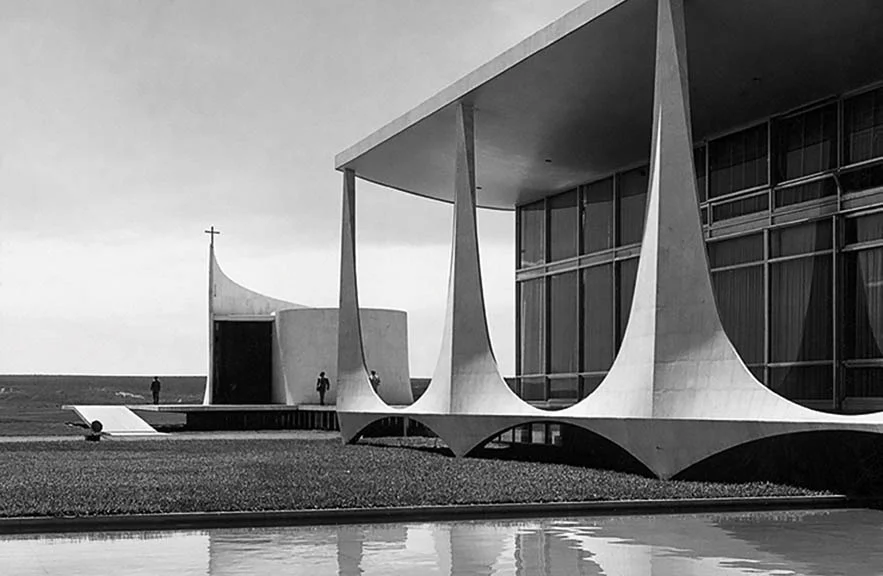
Antonio Da Motta adds: “I was born one year after the foundation of Brasilia. Its iconic architecture was a constant presence during my formative years, its clean modernist lines a stark contrast to the Baroque and Imperial architecture that surrounded me in my native Bahia. Niemeyer’s vision was an ode to nature, his lines alluding the Brazilian landscape and the human body; a reminder that all things are possible, whey you dare to break away from tradition in the pursuit of essential form in all its beauty.”




